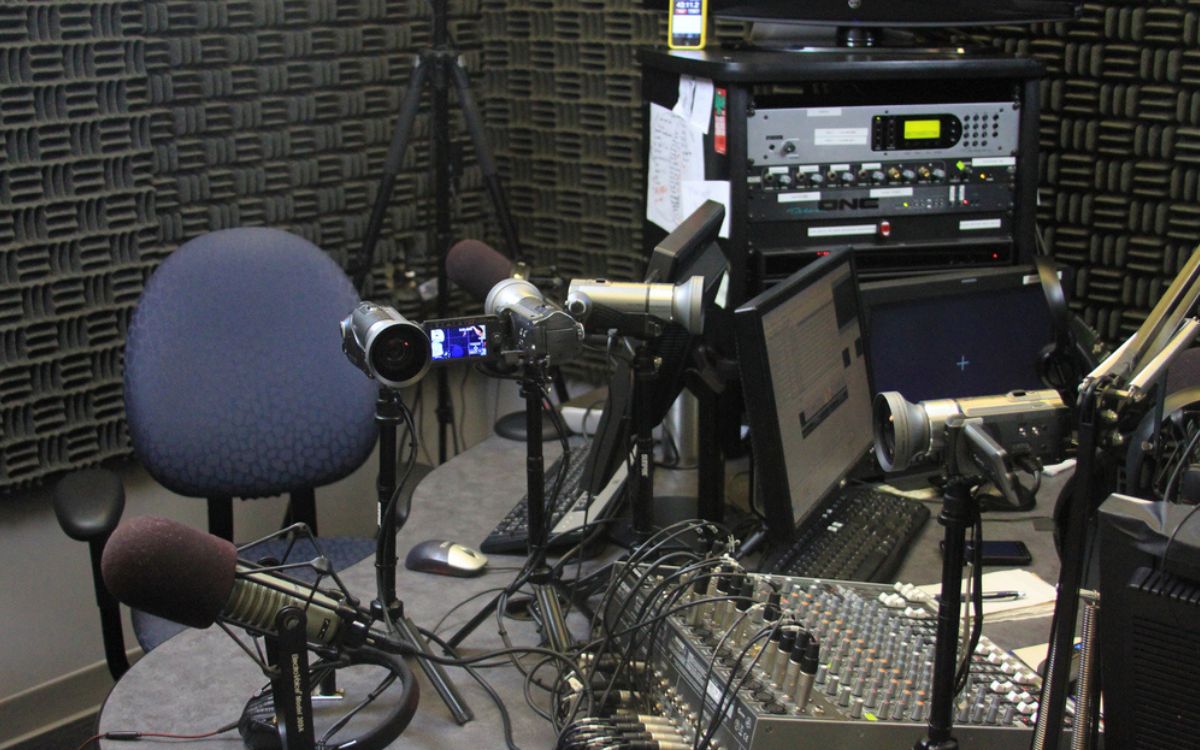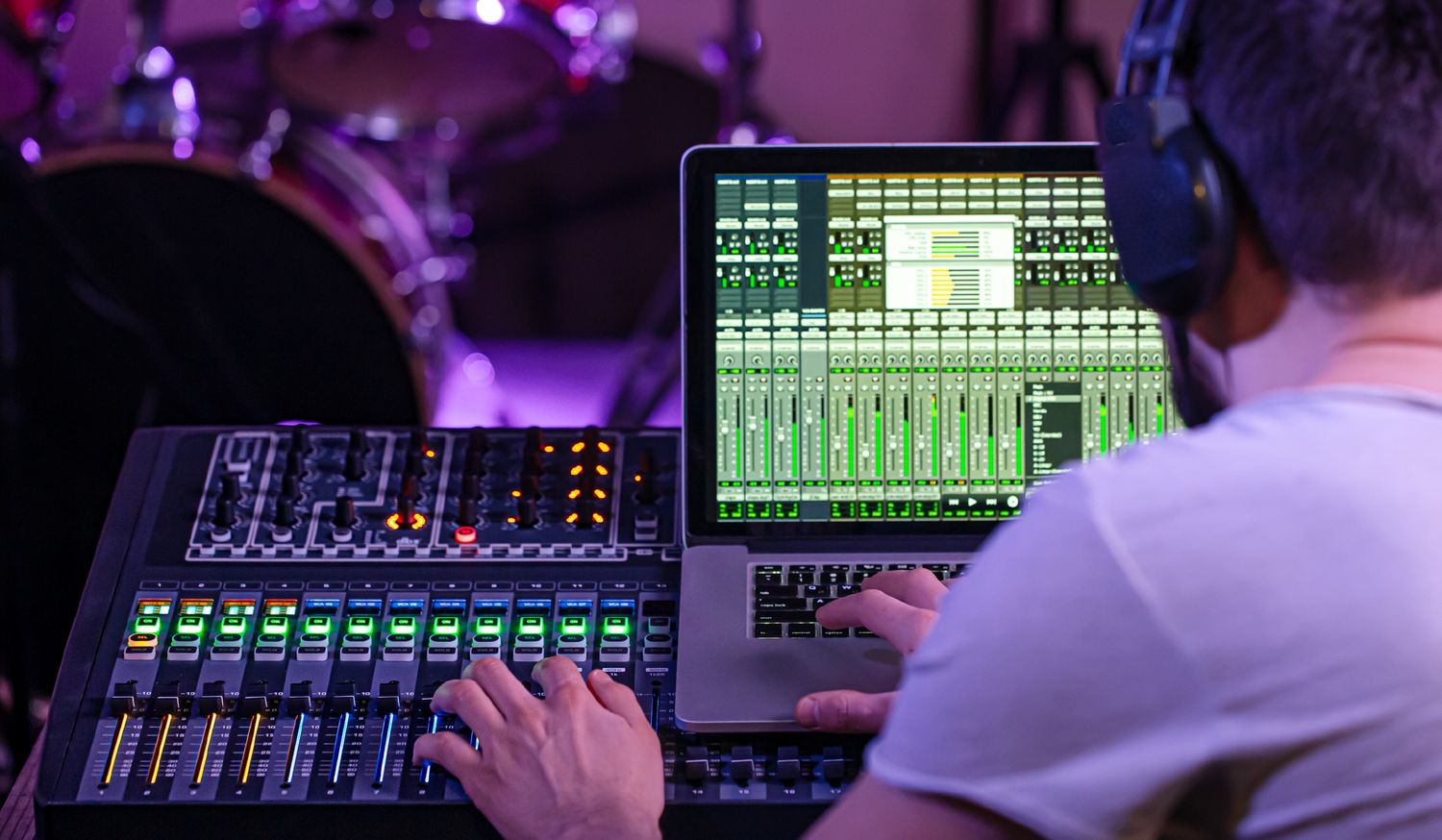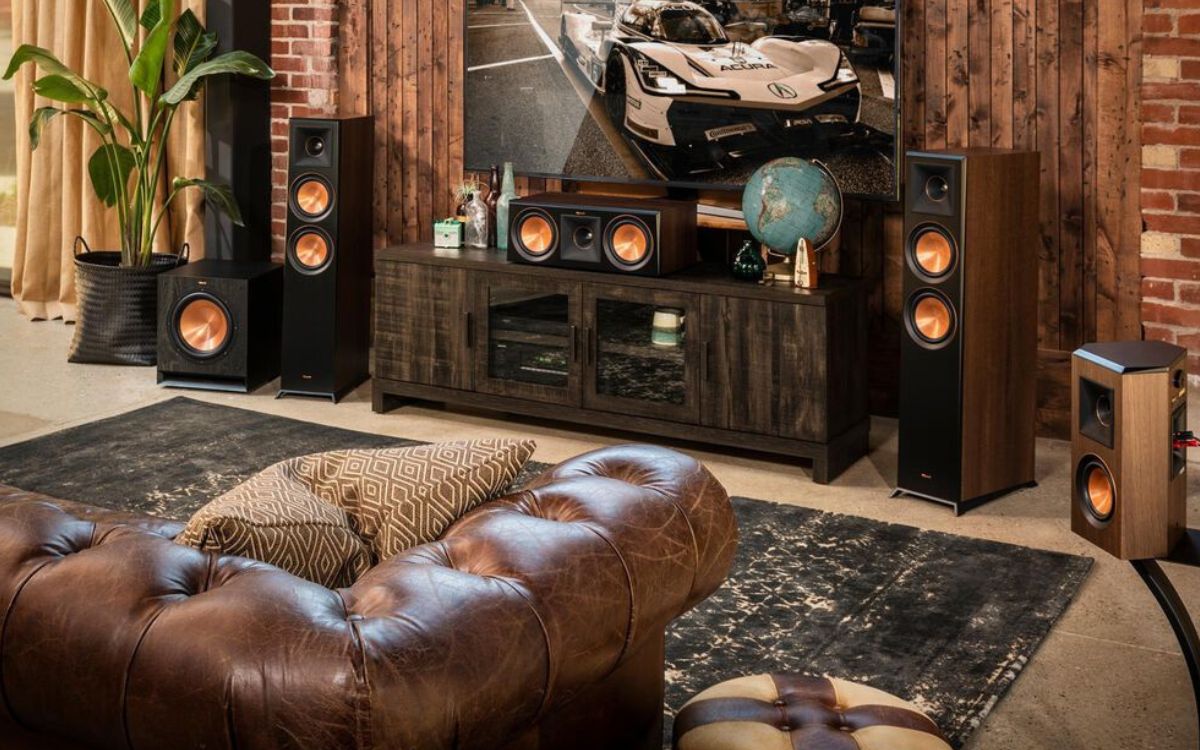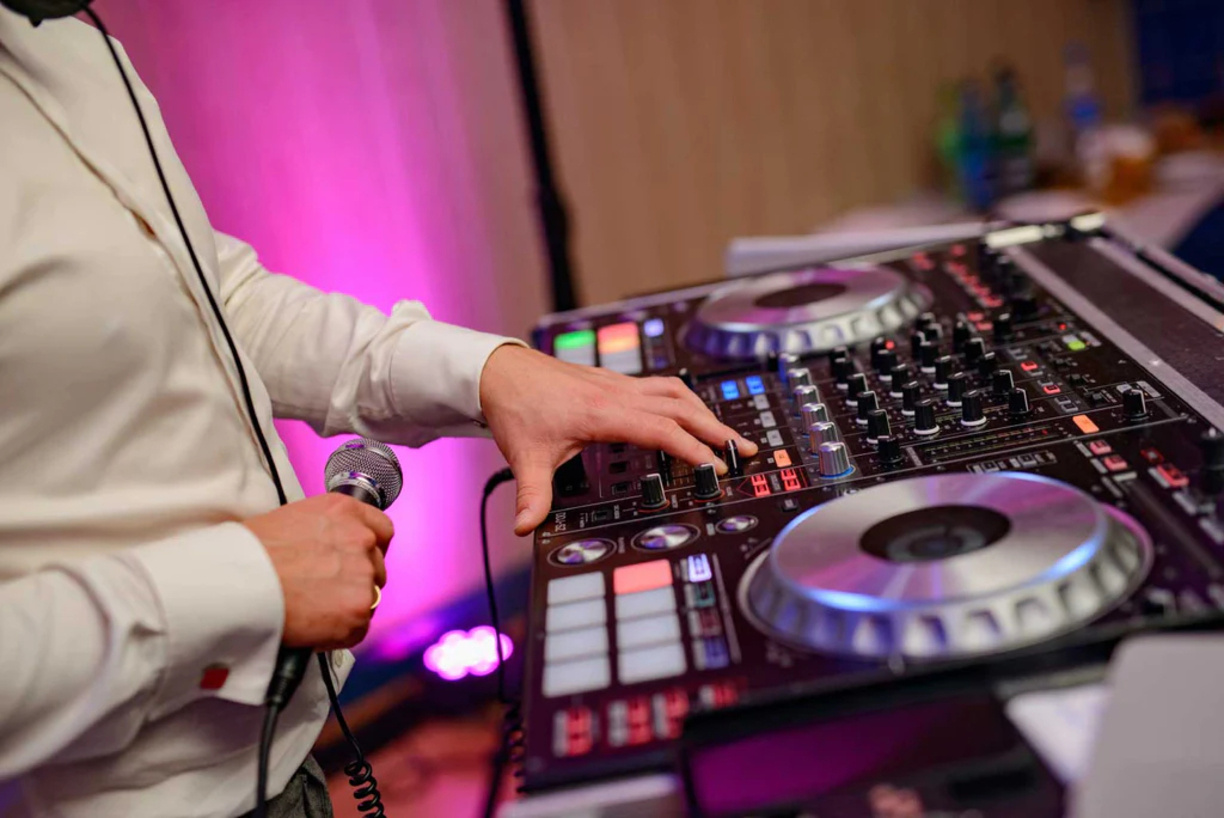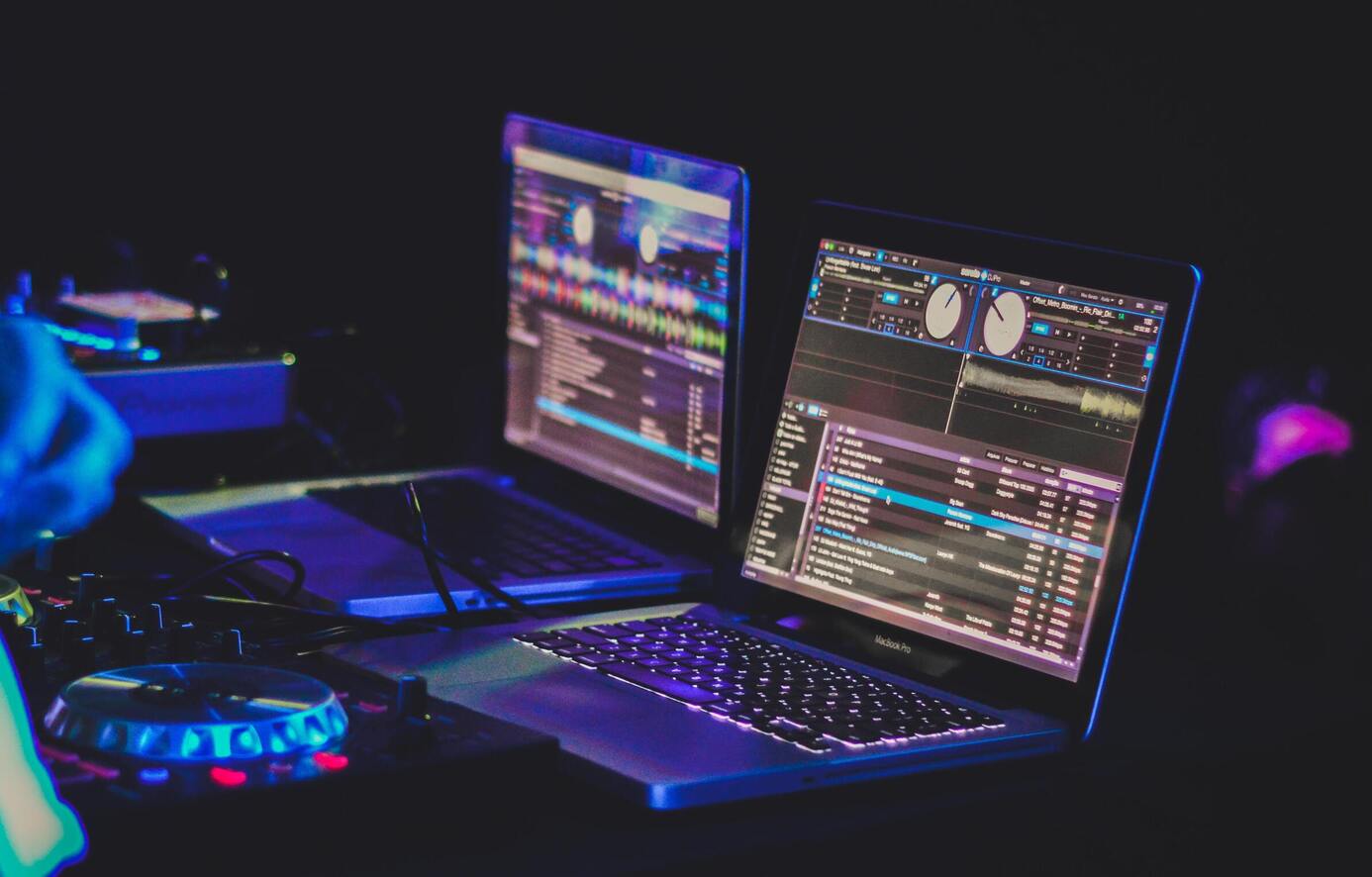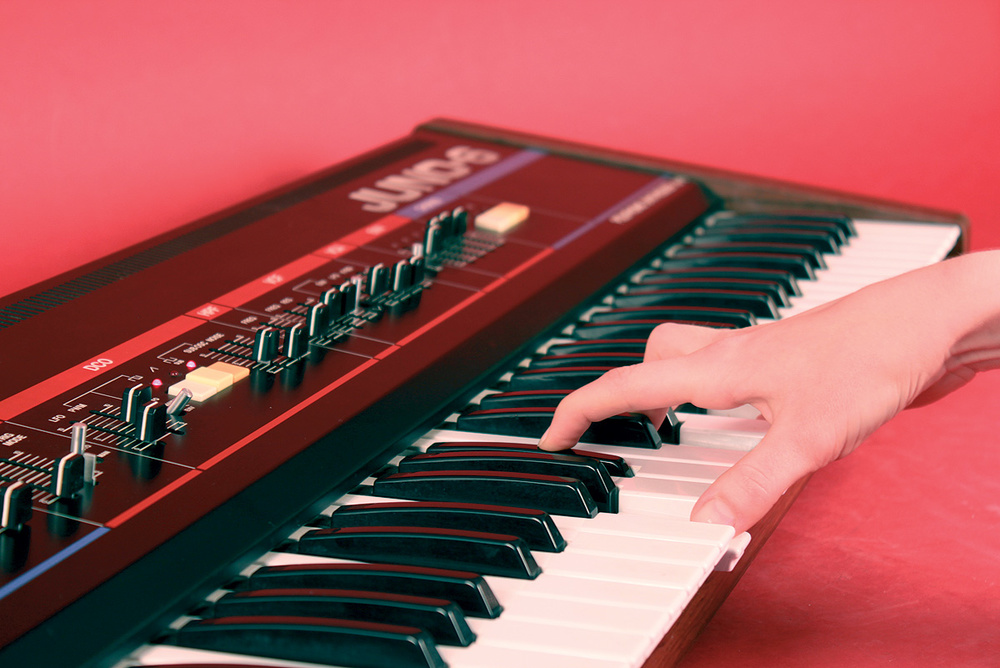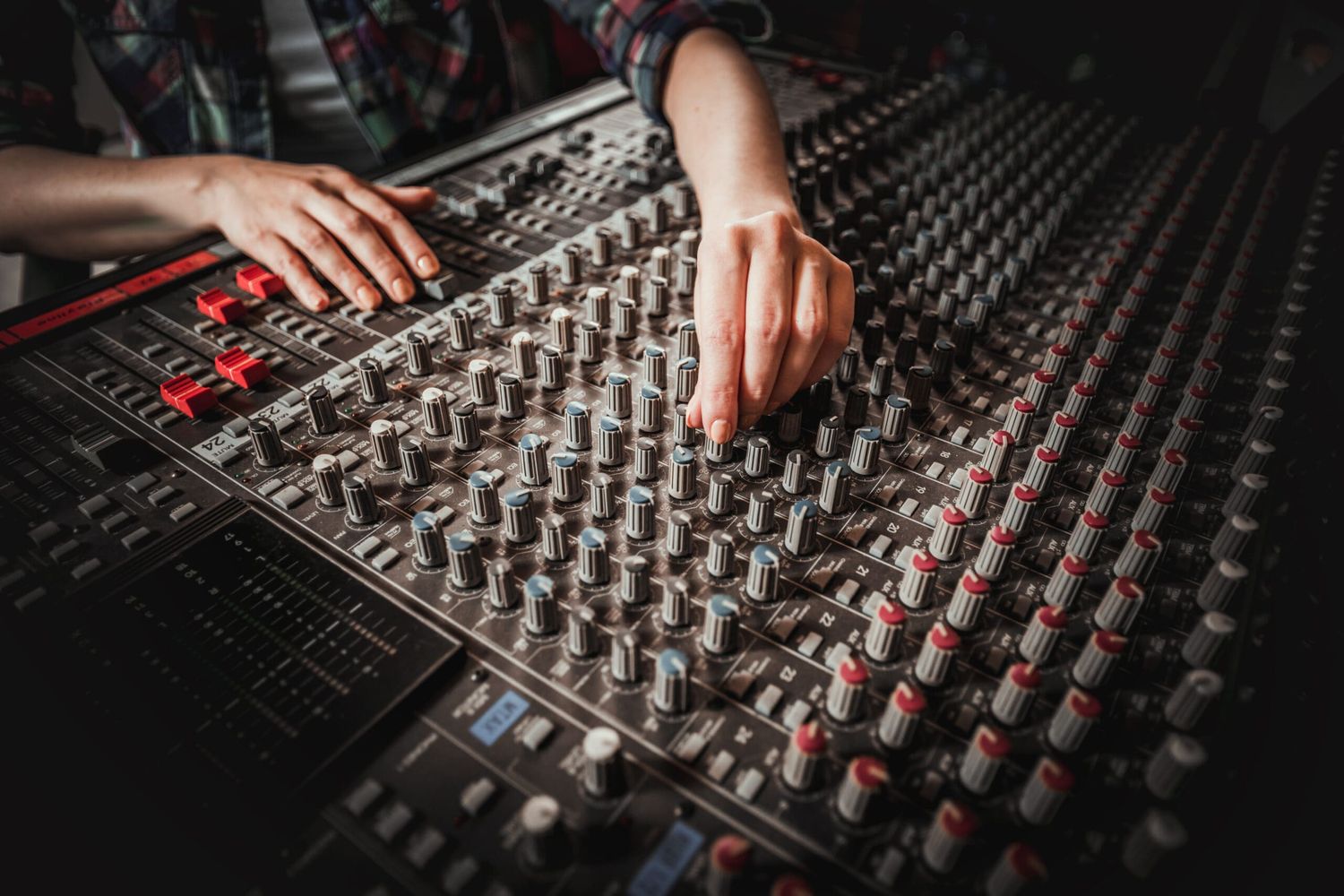Home>Instruments>Synthesizer>Do You Need To Know How To Play Piano To Use A Synthesizer?
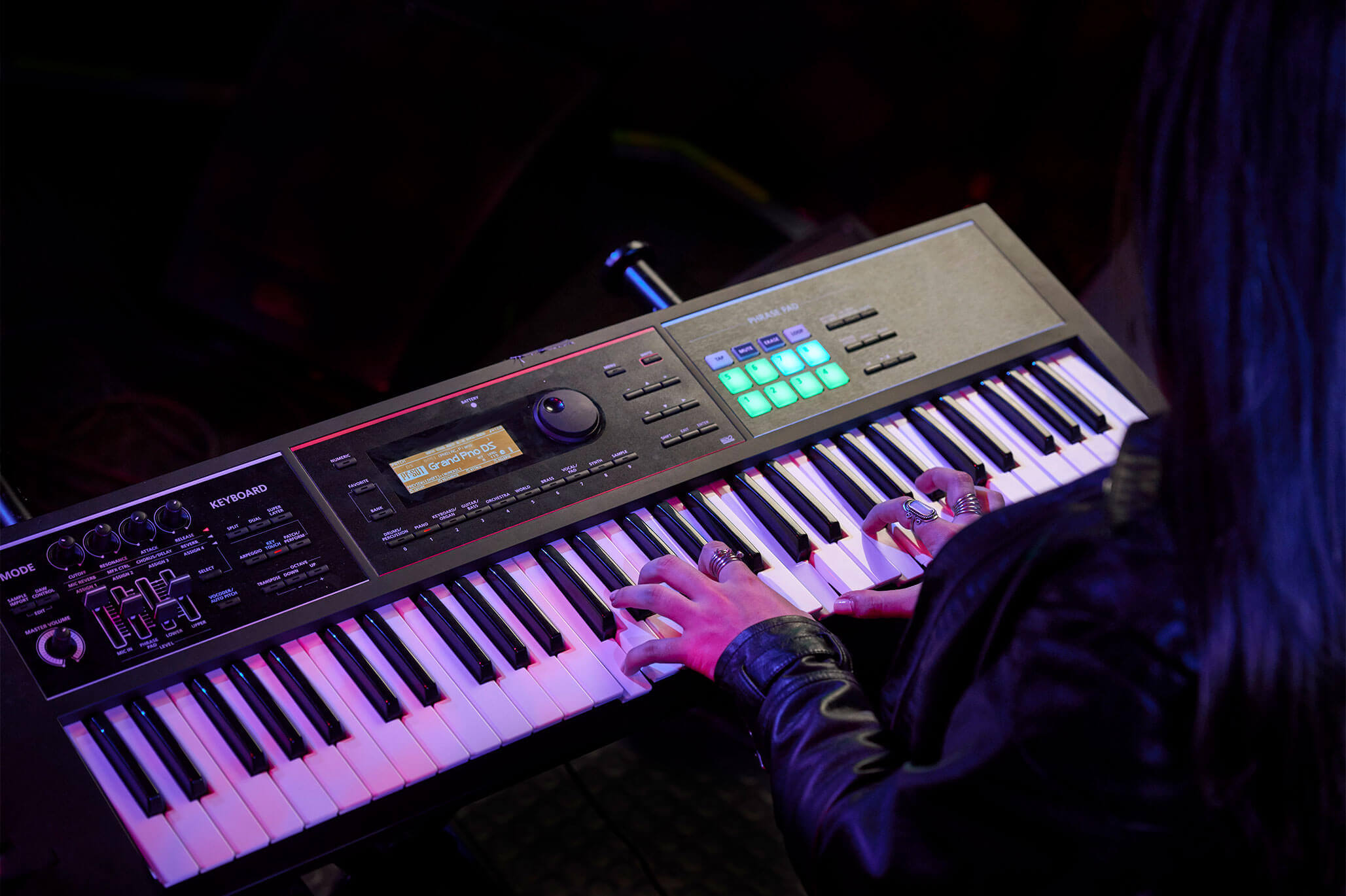

Synthesizer
Do You Need To Know How To Play Piano To Use A Synthesizer?
Modified: February 20, 2024
Discover if knowing how to play piano is necessary to use a synthesizer! Explore the versatility of this musical instrument and unleash your creativity with the power of a synthesizer.
(Many of the links in this article redirect to a specific reviewed product. Your purchase of these products through affiliate links helps to generate commission for AudioLover.com, at no extra cost. Learn more)
Table of Contents
Introduction
Synthesizers have become an integral part of modern music production, offering a wide range of sounds and possibilities for musicians and producers. However, many people wonder if they need to know how to play the piano in order to use a synthesizer effectively. The answer is both yes and no.
While having piano knowledge can certainly enhance your understanding and proficiency with a synthesizer, it is not a strict requirement. Synthesizers are standalone instruments that can be played and explored by anyone with a creative mindset and a willingness to learn.
In this article, we will delve into the world of synthesizers, explore the differences between playing a piano and a synthesizer, discuss the basics of playing a synthesizer, and examine the benefits that learning piano can bring to synthesizer users. Whether you are a beginner just starting out or an experienced musician looking to expand your skill set, this article will provide valuable insights and guidance.
Understanding Synthesizers
Before we dive into the question of whether you need to know how to play the piano to use a synthesizer, let’s first understand what a synthesizer is. At its core, a synthesizer is an electronic instrument that generates and manipulates sound. Unlike traditional instruments like the piano or guitar, synthesizers create sound through electronic circuits, oscillators, filters, and modulators, allowing for a vast range of sound possibilities.
Synthesizers can reproduce the sounds of various instruments, such as pianos, strings, brass, and even create unique synthetic sounds that are not found in acoustic instruments. They offer a wide array of features including different waveforms, filters, envelopes, modulation options, and effects, giving musicians and producers the ability to shape and sculpt sounds in ways that traditional instruments cannot.
There are different types of synthesizers available, ranging from analog synthesizers that use analog circuits to generate sound, to digital synthesizers that use digital signal processing techniques. Some synthesizers are standalone units, while others are software-based and can be controlled through a computer or a MIDI controller.
Understanding the basic components and functions of a synthesizer, such as oscillators, filters, envelopes, and modulation, is crucial in harnessing its full potential. Though it may seem complex at first, with a bit of exploration and experimentation, you can start creating your own unique sounds and discovering the true power of a synthesizer.
Differences Between Piano and Synthesizer
While the piano and synthesizer may share some similarities in terms of producing sound, they are fundamentally different instruments with distinct characteristics. Understanding these differences can help clarify whether knowing how to play the piano is necessary for using a synthesizer.
One of the main differences between the piano and synthesizer lies in their sound generation. A piano produces sound by striking physical strings with hammers, while a synthesizer generates sound electronically through oscillators. This fundamental distinction gives synthesizers the flexibility to replicate a wide range of sounds beyond what a piano can produce.
Another significant difference is the playing technique. Playing the piano requires a specific technique with a focus on finger positioning, hand coordination, and dynamics to produce the desired sound. On the other hand, playing a synthesizer involves using a keyboard to trigger and manipulate various sounds, often with the ability to adjust parameters like pitch, modulation, and effects in real-time.
Additionally, the piano is a polyphonic instrument, allowing the player to play multiple notes simultaneously. In contrast, synthesizers can be both monophonic, meaning they can only produce one note at a time, or polyphonic, allowing for multiple notes to be played simultaneously.
Furthermore, the piano has a fixed timbre, meaning the sound produced is determined by the physical characteristics of the instrument. In contrast, a synthesizer offers a wide range of timbral possibilities, giving users the ability to shape and modify the sound in various ways, such as adjusting the waveform, applying filters, or adding modulation effects.
It is essential to note that while the piano offers a more traditional and organic sound, the synthesizer’s versatility makes it a popular choice in modern music production and sound design. The ability to create unique and innovative sounds is one of the main attractions of using a synthesizer.
Overall, while there are differences between playing the piano and using a synthesizer, the skills and knowledge gained from playing the piano can certainly be beneficial for understanding music theory, finger technique, and overall musicality. However, it is not a prerequisite for effectively using a synthesizer.
Basics of Playing a Synthesizer
Playing a synthesizer may seem daunting for beginners, but with a basic understanding of its key components and functions, you can start exploring and creating music in no time. Here are some essential aspects to consider when starting out with a synthesizer:
1. Keyboard: The keyboard is the primary interface for playing a synthesizer. It consists of keys similar to those on a piano, allowing you to play different notes. The keys may be weighted or semi-weighted, depending on the synthesizer model, offering varying levels of resistance and touch sensitivity.
2. Sound Selection: Synthesizers offer a wide range of sounds, known as presets or patches. These can include emulations of traditional instruments, unique synthesized sounds, and even complex soundscapes. Explore the presets to find sounds that suit your musical style or create your own by tweaking parameters such as waveform, filter settings, and modulation options.
3. Parameters and Controls: Synthesizers provide various parameters and controls that allow you to shape and manipulate the sound. This includes adjusting the attack, decay, sustain, and release (ADSR) envelopes, altering the cutoff frequency and resonance of filters, adding modulation through oscillators or LFOs (low-frequency oscillators), and controlling effects like reverb and delay. Familiarize yourself with these controls to have greater control over the sound.
4. Playing Techniques: While there is no strict rule for playing a synthesizer, it helps to experiment with different playing techniques to bring variation and expressiveness to your music. You can experiment with playing legato (smooth), staccato (short and detached), or use techniques like vibrato or pitch bends using modulation wheels or assignable controllers.
5. Sequencing and Recording: Many modern synthesizers come with built-in sequencers, arpeggiators, and the ability to record your performances. These features allow you to create complex musical patterns, automate parameters, and even compose entire songs within the synthesizer itself. Learning how to use these features can greatly expand your creative possibilities.
Remember, practice and experimentation are key to mastering the basics of playing a synthesizer. As you become more comfortable, you can dive deeper into synthesis techniques, exploring more advanced features and expanding your sonic palette. There are also numerous online tutorials, courses, and communities dedicated to synthesizer education that can support your learning journey.
Benefits of Learning Piano for Synthesizer Users
While knowing how to play the piano is not a strict requirement for using a synthesizer, learning piano can be highly beneficial for synthesizer users. Here are some key advantages that piano knowledge brings to synthesizer musicians:
1. Understanding Music Theory: Learning piano provides a solid foundation in music theory. You become familiar with concepts such as scales, chords, harmonies, and progressions. This knowledge translates directly to synthesizer playing, allowing you to make informed musical decisions and create more compelling compositions.
2. Finger Technique and Dexterity: Piano practice improves finger strength, coordination, and dexterity. This skill translates to playing a synthesizer, where precise finger movements are crucial for triggering notes, controlling parameters, and playing with expression. It also helps in performing complex melodies and chords on a synthesizer’s keyboard.
3. Transferring Skills: Many skills acquired through piano playing easily transfer to synthesizer playing. These include reading sheet music, understanding dynamics and timing, developing a sense of rhythm, and having a better sense of pitch and ear training. These skills allow for smoother and more efficient music production on a synthesizer.
4. Musical Expression: The piano offers a wide range of dynamic expression, from soft and delicate to powerful and resonant. By learning piano, you develop a sensitive touch and a nuanced approach to playing, which can be applied to synthesizers. This allows for more expressive performances with the ability to convey emotions through your music.
5. Improvisation and Composition: Piano skills can aid in improvisation and composition, which are valuable for creating music on a synthesizer. The ability to understand chord progressions, create melodies, and experiment with harmonies and rhythms gives you the tools to unlock your creativity and come up with unique sounds and compositions.
6. Collaborative Opportunities: Piano proficiency opens up opportunities for collaborations with other musicians. Being able to read sheet music, play accompaniments, or even take on the role of a keyboardist can make you a valuable asset in a band or ensemble setting. This can lead to exciting creative collaborations and musical growth.
7. Musicianship Development: Learning piano enhances your overall musicianship. It deepens your understanding of different genres and styles of music, exposes you to diverse musical techniques, and encourages active listening. This enriched musical sensibility and knowledge benefit your synthesizer playing as you develop a broader musical palette and a refined ear for sound.
While these benefits can greatly enhance your experience with a synthesizer, it is important to remember that learning piano is not a prerequisite for enjoying and making music with synthesizers. With dedication, practice, and a passion for exploring sound, you can create incredible music using a synthesizer, regardless of your piano skills.
Conclusion
In conclusion, while knowing how to play the piano is not a strict requirement for using a synthesizer, it can provide valuable benefits and enhance your overall experience as a synthesizer musician. Understanding the basics of music theory, developing finger technique and dexterity, and transferring skills from piano playing to synthesizer usage are all advantages that piano knowledge brings to the table.
Learning piano expands your musical horizons, deepens your understanding of music theory, and provides a foundation for expressing yourself through music. It develops your skills in reading sheet music, playing with dynamics and precision, and improvising or composing your own music. These skills can easily be applied to synthesizer playing and enhance your overall musicality.
Furthermore, piano proficiency opens up collaborative opportunities, allowing you to work with other musicians in a diverse range of musical projects. It also refines your musicianship, broadens your musical palette, and cultivates a refined ear for sound.
However, it is worth noting that many successful synthesizer musicians have achieved great results without having extensive piano training. With dedication, practice, and a passion for exploring sound, anyone can create incredible music using a synthesizer. The key is to experiment, learn the functions and capabilities of the synthesizer, and let your creativity guide you.
In the end, whether you choose to learn piano or not, the world of synthesizers offers endless possibilities for music creation and sound exploration. With its vast array of sounds, effects, and parameters, a synthesizer allows you to carve out your own unique sonic identity and unleash your creativity.
So, whether you’re a seasoned pianist looking to add the sonic palette of a synthesizer to your repertoire or a beginner embarking on a musical journey, the decision to learn piano alongside using a synthesizer ultimately depends on your own musical goals and preferences. As long as you have a passion for music, there are no limits to what you can achieve with a synthesizer in your hands.

